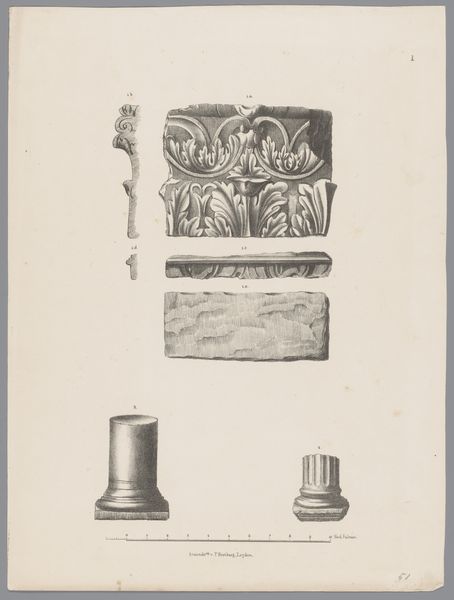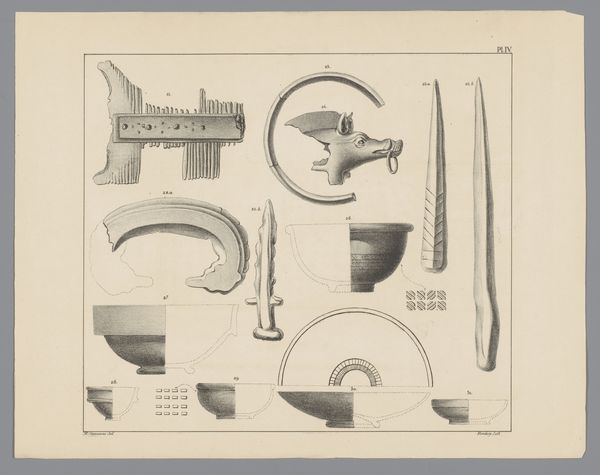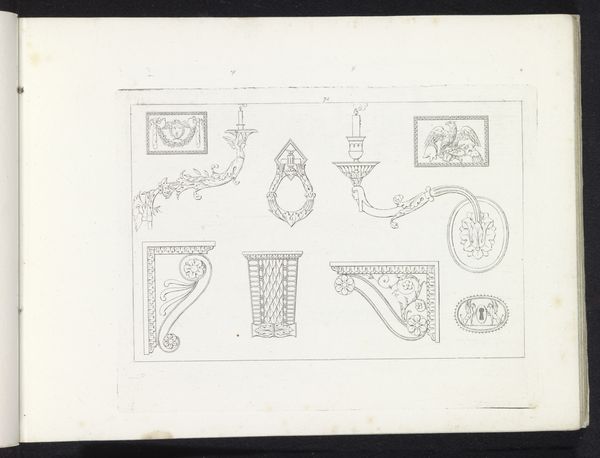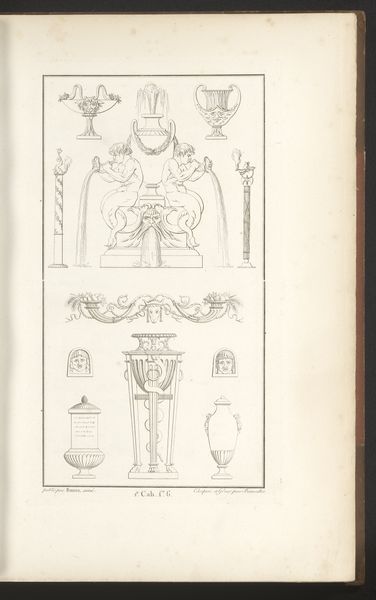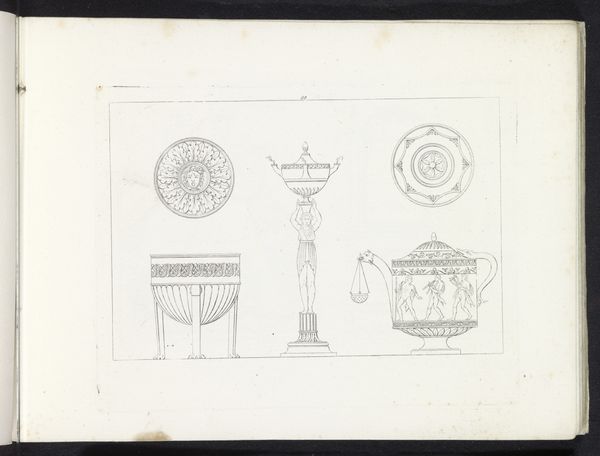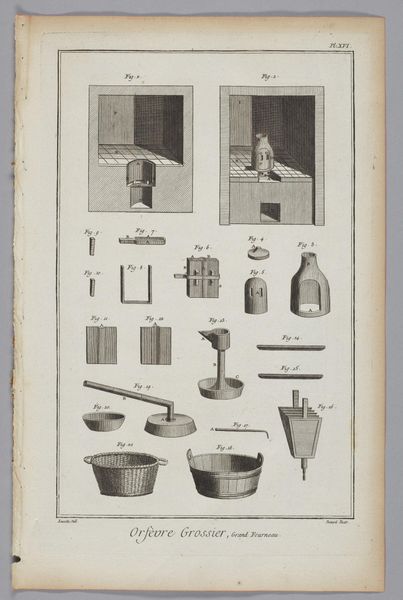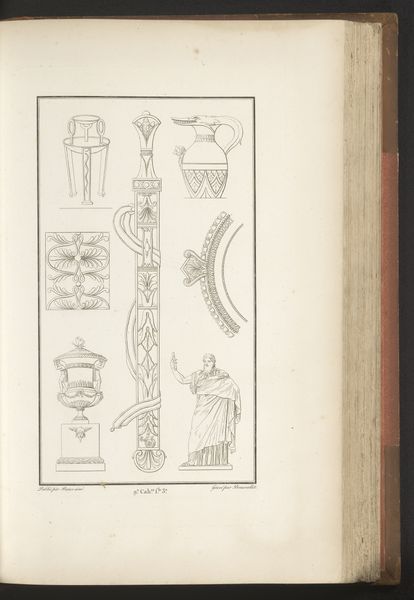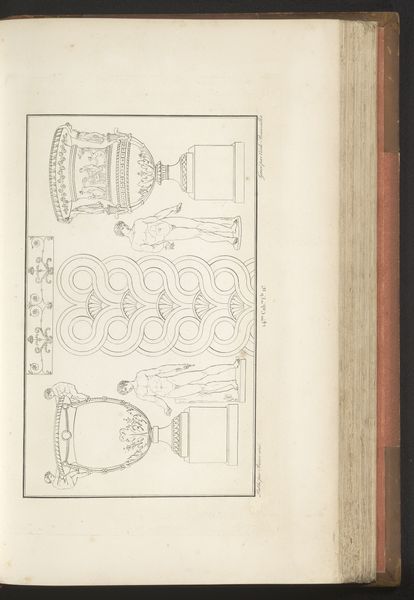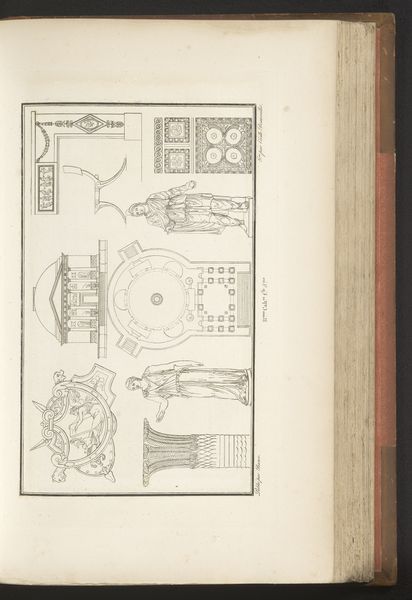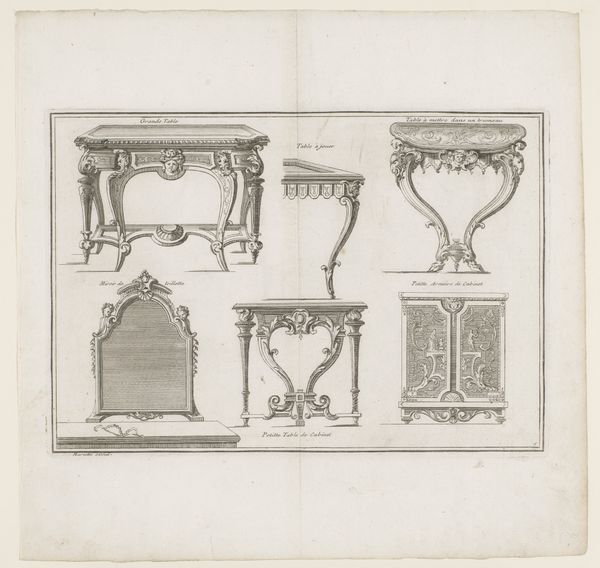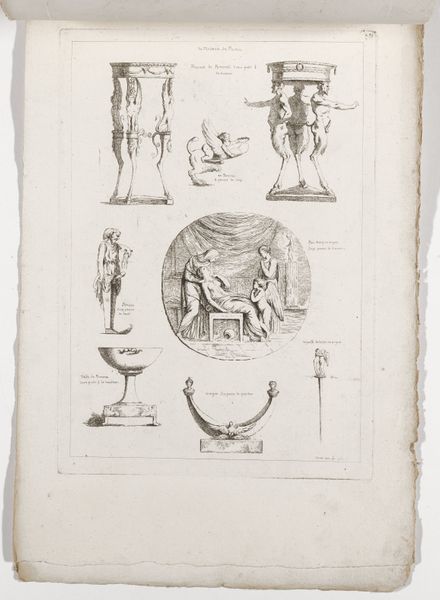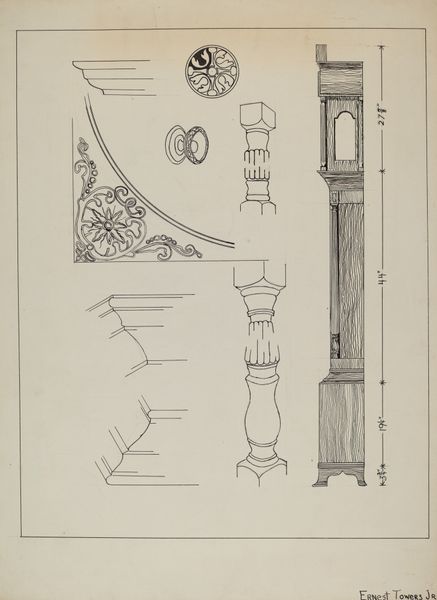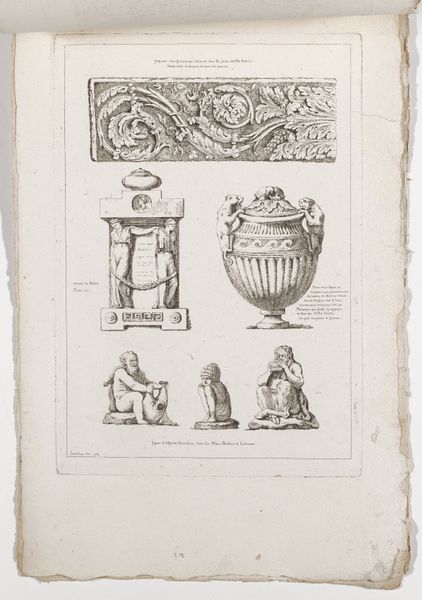
drawing, paper, pencil
#
drawing
#
classical-realism
#
paper
#
geometric
#
classicism
#
ancient-mediterranean
#
pencil
#
history-painting
#
academic-art
Dimensions: height 220 mm, width 285 mm
Copyright: Rijks Museum: Open Domain
Editor: Here we have "Romeinse opgravingen waaronder een korintisch kapiteel," dating back to 1843, credited to Tiemen Hooiberg. It's a pencil drawing on paper showcasing archaeological finds. There is a detached, almost clinical feel to how they're presented. What draws your attention most in terms of its historical significance? Curator: It is a fascinating document. What we see is less about aesthetic beauty and more about cataloging and the development of archaeology as a science. Think about the time this was created: the 19th century. There was huge interest in antiquity, but also an ambition to classify and understand it through rational, "scientific" means. These drawings were often commissioned not just for artistic value but as records – archaeological surveys before photography was widely used. How do you think this affects our view of the Ancient Roman period? Editor: It definitely feels less romanticized, more like a scientific study. I guess I expected something grander. It is fascinating, and so very precise! Curator: Exactly. And that precision reflects the burgeoning field of archaeology, which was intrinsically linked to ideas of nationhood and the claiming of historical narratives. In the 19th century, owning the past often meant legitimizing the present. Do you notice how some items, like the Corinthian capital, are rendered with loving detail, whereas others receive scant attention? Editor: Yes, I do. Some are quite detailed and three-dimensional, whereas others feel more like basic outlines. It really puts a focus on specific aspects of Roman civilization and ignores others. Almost creating a specific Roman past... Curator: Precisely. Hooiberg, as an artist, is implicitly shaping which aspects of Roman civilization are to be valued, studied and understood by future generations. Editor: I never would have thought of that! So much more to it than just an old drawing of artifacts. Curator: Indeed. These images can tell us almost as much about the era that produced them as about the era they depict. Thanks for that observation. Editor: I hadn't considered the political element previously, but seeing how that focus could create national narratives, and then seeing those biases explicitly here, has broadened my perception. Thank you.
Comments
No comments
Be the first to comment and join the conversation on the ultimate creative platform.
